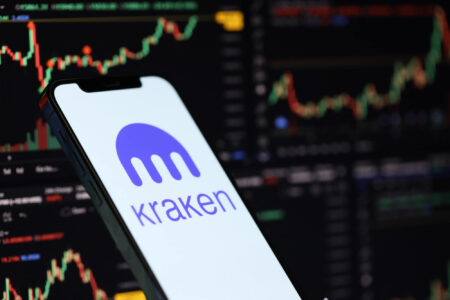What has happened this week in the world of blockchain and cryptocurrencies? The most relevant local and international events, as well as interesting background reports, are summarized concisely in this weekly review.
Selected articles of the week:
Michael Saylor’s strategy marked a turning point for institutional Bitcoin adoption five years ago. As the first publicly listed company to do so, his business intelligence firm focused entirely on building a Bitcoin treasury. Since then, its market capitalization has multiplied twentyfold and now stands at around 70 billion US dollars. Saylor strategically used the capital markets to expand the Bitcoin position – initially through share issuances, later via convertible bonds and preferred stock. The goal was clear: to steadily convert balance sheet reserves into Bitcoin. Increasingly, other companies are looking to follow suit. Now, Zurich-based Future Holdings AG has launched Switzerland’s first Bitcoin treasury project. The company raised 28 million Swiss francs in a funding round to advance the model in Europe. Among its co-founders are several well-known Bitcoin figures.
Zurich-based Future Holdings AG has raised 28 million Swiss francs to advance the Bitcoin treasury model in Europe.
The market is changing
For more than a decade, Bitcoin has moved in a familiar rhythm. Roughly every four years, a halving event cuts new supply in half, traditionally triggering a rally, a sharp correction, and a long consolidation phase. But by the end of 2025, a break from this pattern is emerging. Anyone seeking to understand Bitcoin’s next phase of development must grasp this shift. It marks a period in which macroeconomic forces and institutional capital are redefining market cycles. While the halving remains a psychological milestone, its influence is waning compared to stronger macro- and liquidity-driven dynamics. The classic boom-and-bust pattern may give way to a new era. This new phase is characterized by steadier growth, institutional maturity, and global capital flows rather than retail investor euphoria.
Bitcoin’s halving cycle is shifting as institutional demand and macro forces drive steadier growth with less volatility.
Ripple raises 500 million USD
The development team behind the cryptocurrency XRP completed a strategic funding round this week, raising 500 million US dollars. The round valued the company at 40 billion US dollars. This capital raise follows a share buyback and tender offer worth around 1 billion US dollars at the same valuation. Ripple plans to deploy the fresh funds strategically to expand its product suite, including stablecoins, custody solutions, prime brokerage services, and payment infrastructure for financial institutions. The participation of leading hedge funds and TradFi firms underscores the growing convergence between traditional capital markets and digital assets. The round was led by Fortress Investment Group and Citadel Securities.
Ripple secures 500 million USD from Fortress and Citadel Securities at a 40 billion USD valuation, strengthening its financial services offering.
Digital euro moves closer
After four years of preparation, the European Central Bank has announced plans to test digital euro transactions in a pilot program. The launch is expected once the European Parliament and the EU Council adopt the necessary legal framework. The program could begin in mid-2027, with full rollout targeted for 2029, subject to legislation. The ECB aims to strengthen the Eurozone’s financial independence from US-dominated payment systems and private stablecoins. However, critics warn of privacy risks. Because digital euro transactions can be traced by the central bank, unlike cash, they create a permanent digital trail. This could give the ECB deep insight into individuals’ spending habits. Without clear safeguards, the system risks intrusions into personal privacy through government surveillance, targeted control mechanisms, or data leaks.
The ECB plans to launch a pilot phase for the digital euro starting in mid-2027, with full implementation targeted for 2029.
A setback for DeFi
In addition: The once-billion-dollar DeFi platform Balancer has fallen victim to a smart contract exploit. Hackers stole assets worth around 128 million US dollars across multiple blockchain networks. The attack primarily affected the protocol’s “V2 Composable Stable Pools.” It spanned Ethereum, Arbitrum, Base, Polygon, and Berachain. The fact that even established, extensively audited protocols managing billions in assets can harbor such severe vulnerabilities represents a serious setback for trust in the DeFi sector.
Balancer loses around 128 million USD in multi-chain smart contract exploit – exposing security vulnerability despite audits.









